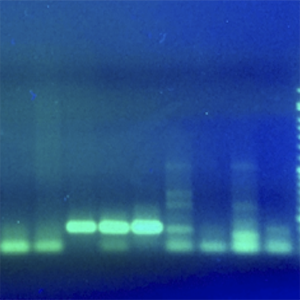 Smart Citations
Smart CitationsSee how this article has been cited at scite.ai
scite shows how a scientific paper has been cited by providing the context of the citation, a classification describing whether it supports, mentions, or contrasts the cited claim, and a label indicating in which section the citation was made.
Hepatitis E virus detection in hunted wild boar (Sus scrofa) livers in Central Italy
Hepatitis E virus (HEV) is a zoonotic pathogen, responsible for numerous cases of infection in humans. Transmission occurs through the orofecal route, and ingestion of contaminated foods represents an important risk factor for final consumer’s health. Wild animal species, in particular wild boar (Sus scrofa), are the main virus reservoirs; liver is the target organ, from which, through the hematic diffusion, HEV reaches different tissues and organs, as muscular one. The hygienic-sanitary critical issues connected with game meat food chain in general, and particularly wild boar, with special regards to any geographical area where this animal species can be directly in contact with humans, domestic ones (i.e., domestic pig), and other wild reservoirs (i.e., wild ruminants), finds favorable environmental conditions, have induced us to conduce the present scientific investigation. During the hunting season 2019/2020, a total of 156 wild boar livers were collected from provided plucks at slaughterhouse in Ascoli Piceno. Nested RT-PCR was used for the viral RNA detection. Results demonstrated a positivity of 5.12% (8/156), and the circulation in the screened area of genotype 3 subtype c, which is frequently identified in Central Italy. HEV sanitary relevance and the emerging role of any food chains in its transmission impose further detailed studies. The molecular screening of hunted wild boars’ livers can provide important information about virus’s circulation in wild animal populations in a specific area.
Downloads
How to Cite
PAGEPress has chosen to apply the Creative Commons Attribution NonCommercial 4.0 International License (CC BY-NC 4.0) to all manuscripts to be published.

 https://doi.org/10.4081/ijfs.2022.9979
https://doi.org/10.4081/ijfs.2022.9979





